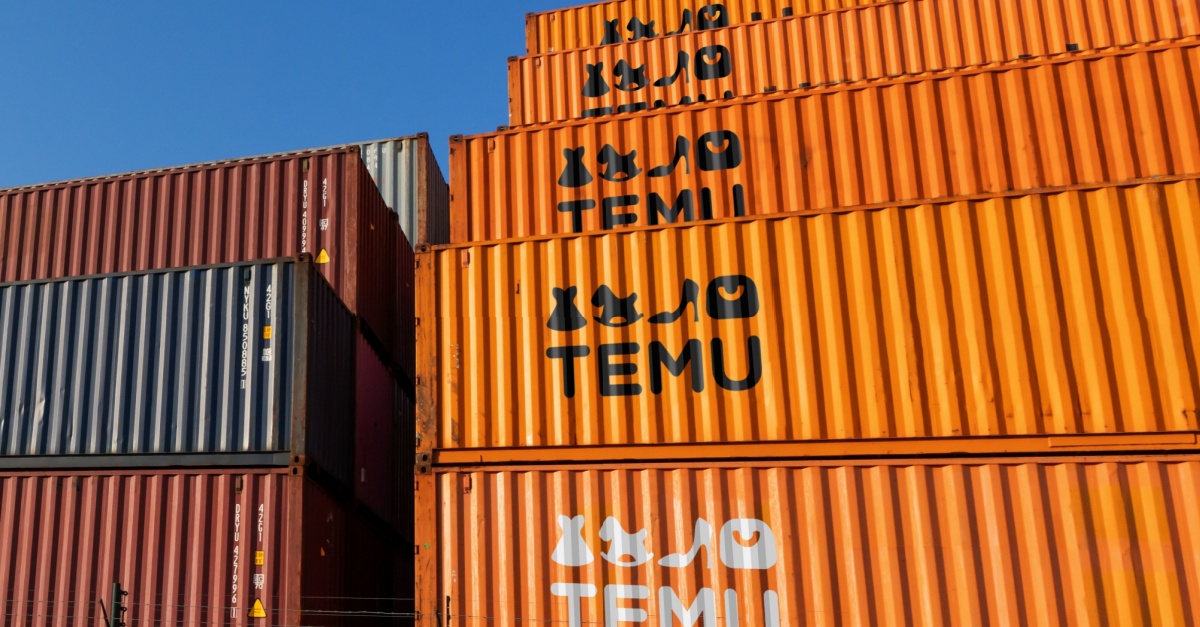The U.S. freight economy is nearing a critical inflection point. With tariffs intensifying and trade policy shifting by the week, global logistics networks are being tested on every front. From industrial real estate to air cargo, port traffic to e-commerce, the entire import and export strategy structure is being reshaped — often overnight.
This month’s top stories spotlight the mounting strain on shippers. The ocean freight sector is at the center of it all, where trans-Pacific volatility is stifling planning cycles and draining pricing power. Warehousing firms like Prologis are adapting quickly, while countries like Mexico work to shield their exports from new tariffs.
In the background, Foreign Trade Zones draw record interest as importers scramble for tactical shelter. Here’s what’s unfolding across supply chains, and what operators, shippers, and policymakers need to watch in the weeks ahead.
Tariff Uncertainty Fuels FTZ and Bonded Warehouse Surge
As tariff-mitigation tools become ineligible under new rules, Foreign Trade Zones (FTZs) have reemerged as a strategic option for managing imported inventory. With tariffs on Chinese goods going as high as 145%, companies are turning to them and bonded warehouses to defer or avoid duties.
According to the National Association of Foreign Trade Zones, membership has reached an all-time high. This is unsurprising because FTZs allow indefinite duty-free storage or delayed taxation, helping manage risk as trade terms shift rapidly. While setup costs are significant, sectors like electronics, auto, and consumer goods are leaning in.
Shippers Hit Brakes as Tariffs Choke US Freight Momentum
The U.S. freight sector is faltering as tariffs shake up demand planning. Ocean freight rates from Asia to the U.S. West Coast have fallen 61% since January, and eastbound shipments from China are being paused or canceled altogether. Retailers such as Amazon and Five Below are reducing orders across Asia, while export volumes to China have declined due to retaliatory tariffs.
The Journal of Commerce reported that U.S. imports are expected to decline by more than 25% through the summer, following a strong start to 2025. On land, trucking and intermodal are stuck in a prolonged downturn. With S&P Global cutting GDP forecasts and the dollar weakening, exporters are struggling to offset foreign backlash and rising costs. A full recovery in freight may now be delayed into 2026.
Airfreight and D2C Platforms Brace for Collapse
Beginning May 2, Chinese shipments valued at less than $800 will lose their duty-free status, exposing e-commerce to 145% tariffs and potentially upending direct-to-consumer models. Platforms like Temu and Shein are scrambling, raising prices, pausing advertising, and shifting to U.S.-based fulfillment.
According to Cirrus Global Advisors, this change could slash $22 billion from air cargo revenue over three years. Air freight between China and the U.S. accounts for 50-60% of the total volume. Losing the de minimis exemption creates customs friction, delays, and privacy concerns, making the model untenable for small sellers.
Airlines and forwarders may retire freighters or reallocate capacity, pushing rates down 30-40%. The global e-commerce freight model could unravel further if Europe imposes similar restrictions.
Retailers Fill Domestic Warehouses as Trade Uncertainty Grows
As tariffs rise, companies such as Amazon, FedEx, and Home Depot are relocating their inventory to the United States. Meanwhile, Prologis, the world’s largest warehouse operator, is reaping many rewards, posting $2.14 billion in Q1 revenue, up 9.2% year over year. The company recently reported a surge in leasing and a renewed focus on meeting overflow capacity.
U.S. warehouse vacancy has ticked up to 7%, but Prologis expects demand to outpace supply. CEO Hamid Moghadam said the company focuses on consumption, not production, helping customers place goods closer to end markets amid geopolitical instability. The 41% year-over-year drop in new warehouse completions underscores the tightening market, as businesses hedge against logistics disruptions by investing in domestic storage.
Mexico Pushes for Tariff Relief; Auto, Steel Sectors Brace for Deadline
President Claudia Sheinbaum said Mexico and the U.S. remain at odds over 25% tariffs on steel, aluminum, and vehicles. With auto parts tariffs set to take effect on May 3, Mexico is advocating for reduced rates under USMCA provisions, noting that it imports more U.S. metals than it exports.
The auto sector, which accounts for 30% of Mexico’s exports, has already seen production halts. While Mexico hasn’t retaliated with its own tariffs, it is pressing for clarity to protect trade-dependent industries. Talks continue at the ministerial level, and Mexico has suggested accepting lower-than-global-average tariffs rather than complete exemption. The stakes are high: A breakdown could strangle cross-border investment.
Simplify Shipping With COGISTICS Transportation
Tariffs may or may not have a negative impact on your supply chains and shipping operations. However, they usher in uncertain times. With COGISTICS Transportation, complexity becomes clarity, and logistics becomes a competitive advantage. Leveraging more than 30 years of expertise, we provide innovative, technology-driven logistics solutions and expedited freight by land, air, and sea — around the clock, around the world. Connect with us today.




